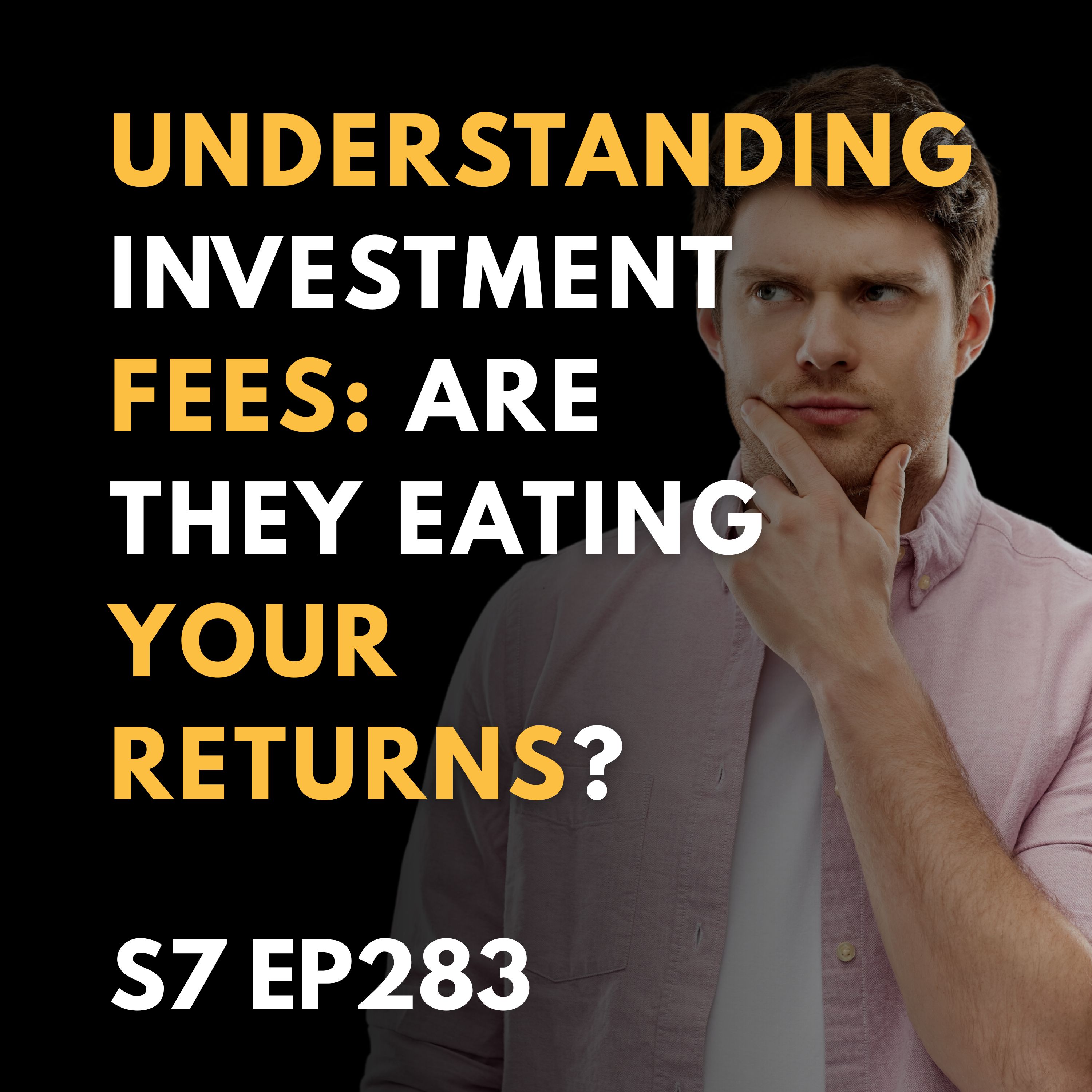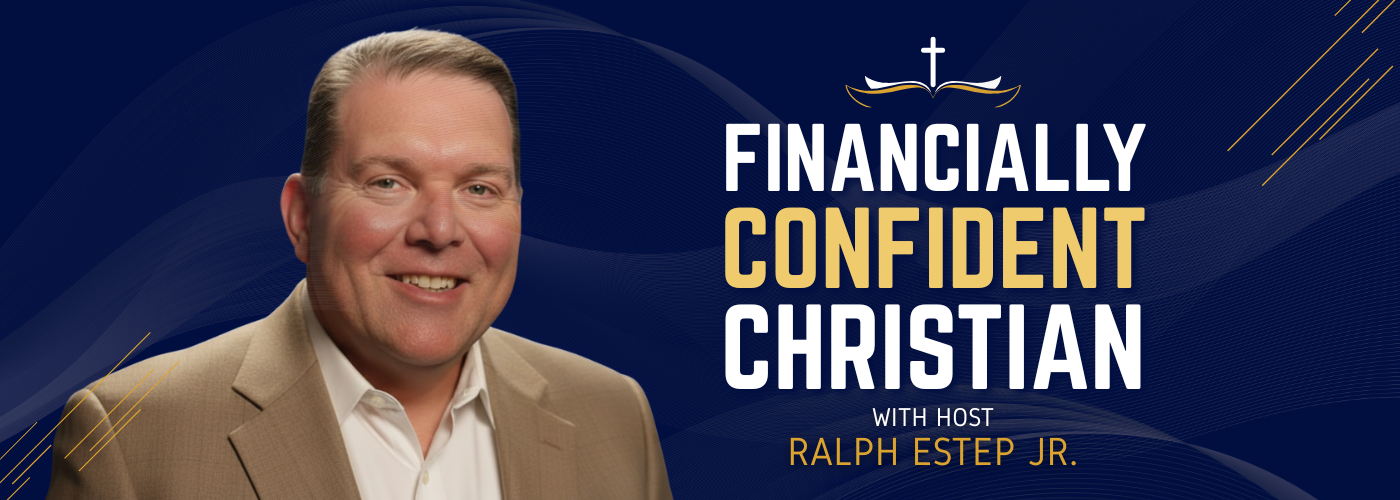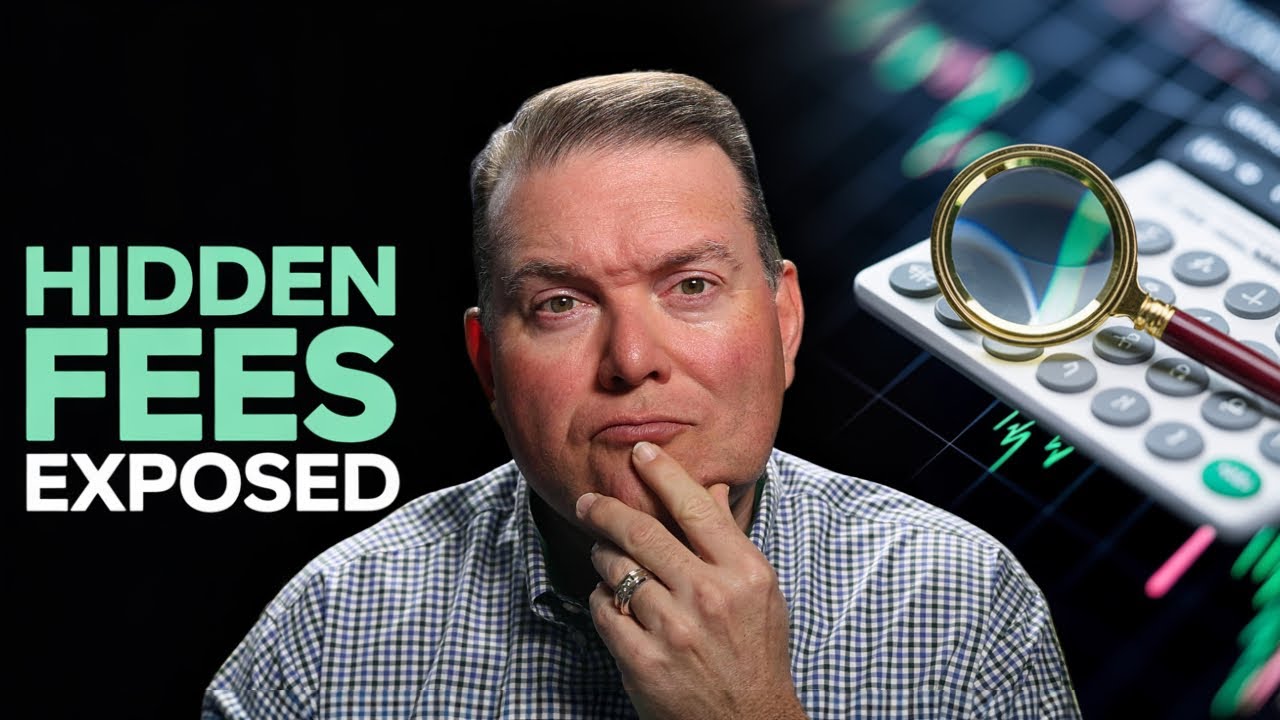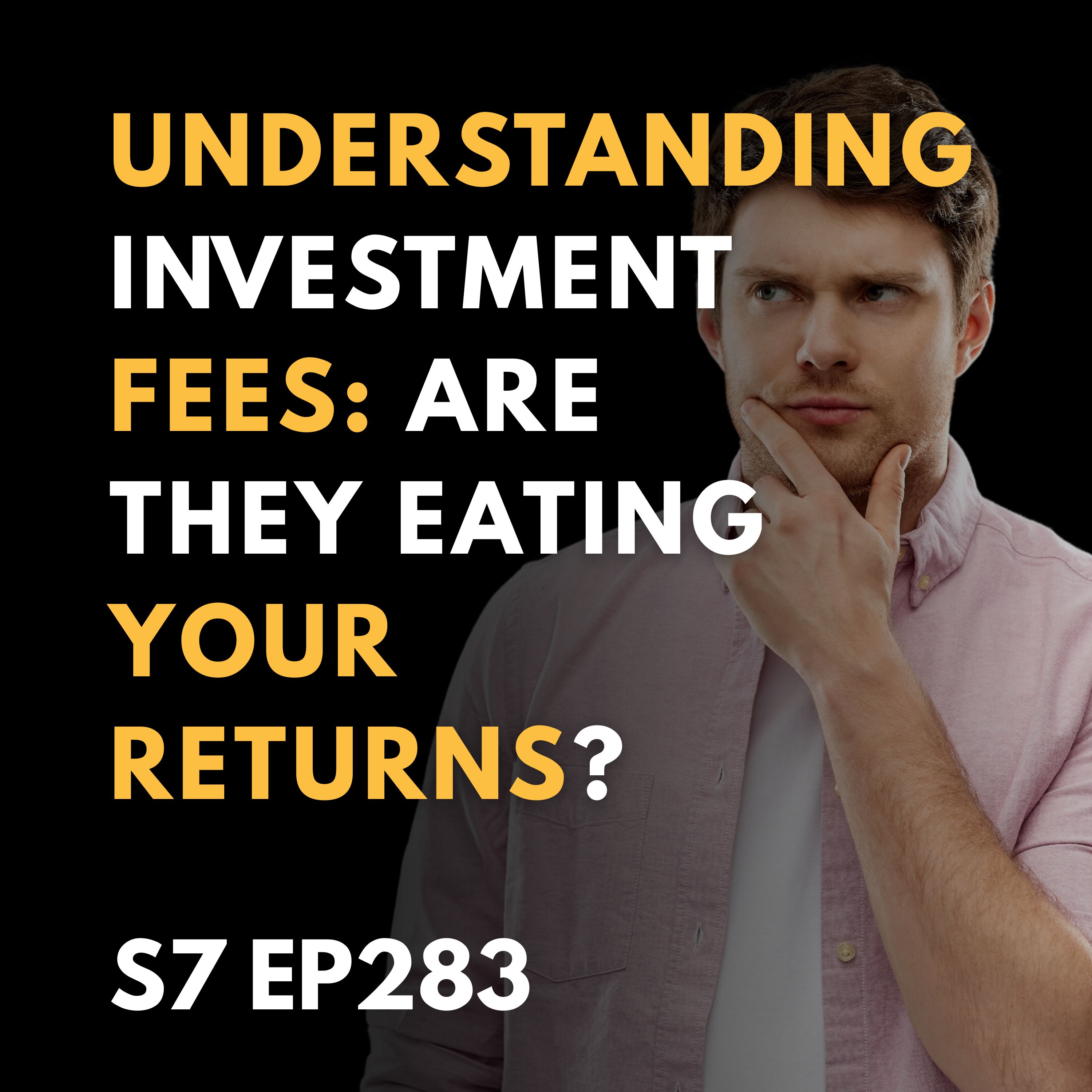Understanding Investment Fees: Are They Eating Your Returns?

As an investor, do you know if you're actually paying fees on your investments? It's a crucial question that many overlook, yet understanding investment fees is essential to maximizing your returns and securing your financial future. Understanding Investment Fees: Are They Eating Your Returns?
The Reality of Investment Fees
Here's a surprising statistic: 21% of investors believe they pay no fees on their investments. Another 17% don't know how much they pay in fees. What's even more shocking is that 73% of investors didn't know how much they paid in fees last year, and 64% didn't know how to check what fees are being charged. These numbers highlight the unawareness among investors, and understanding these fees is mission-critical.
Why Fees Matter
Investment fees might look small—perhaps 1% or 2%—but over time, they can quietly eat away at your returns, costing you thousands of dollars. As a financial advisor, I've seen firsthand how these fees can drain growth over time. For example, a client with a mutual fund carrying a 1.5% expense ratio was able to switch to a fund with just a 0.05% fee, saving thousands of dollars over the years without sacrificing performance.
Key Fee Types to Understand
- Expense Ratios: An expense ratio is the annual fee for running a fund. Even a small difference in this percentage can have a significant impact over decades of investing. It's important to know the expense ratios for your investments to compare similar options accurately.
- Loads and Commissions: Some funds charge a fee upfront to buy or sell them. While all funds have some built-in costs, it's wise to be cautious of those with high loads and commissions.
- Advisor Fees: Paying for advice is common, but it's essential to understand if the service you're receiving is worth the fee.
The Long-Term Impact of Fees
Let's consider an example: If you have $100,000 invested at a 4% annual growth rate over 20 years:
- With a 0.25% fee, your investment grows to $208,000.
- Doubling the fee to 0.5% reduces it to $198,000.
- Increasing the fee to 1% drops it to $179,000.
This example shows how a small increase in fees can result in a significantly lower return over time.
Be a Wise Steward of Your Investments
Proverbs 27:23 advises us to be aware of our flocks and herds. Similarly, understanding your investments' details allows you to manage them wisely. Know the expense ratios and fees to ensure you're making the most of your investments.
Action Steps
- Comparison Shop: Take one investment you own, find its expense ratio and fees, and compare it with lower-cost alternatives.
- Ask Questions: Don't hesitate to ask your broker or HR representative about the fees related to your investments. Seek clear answers and continue to dig deeper if needed.
- Leverage Resources: For a deeper dive into building financial confidence, download a free copy of my book, "How to Become a Financially Confident Christian," at financiallyconfidentchristian.com/becoming.
By understanding investment fees, you can improve your returns and become a more confident steward of your finances. Remember, even a 1% fee can significantly impact your investment outcomes over the long term. Be financially savvy and take control of your financial future today.
Tomorrow, we'll explore investing beyond the traditional 401(k). While it's a great start, it may not be enough for retirement. Stay tuned for more insights on growing your investments. God bless, and have a great day being a financially confident Christian!













